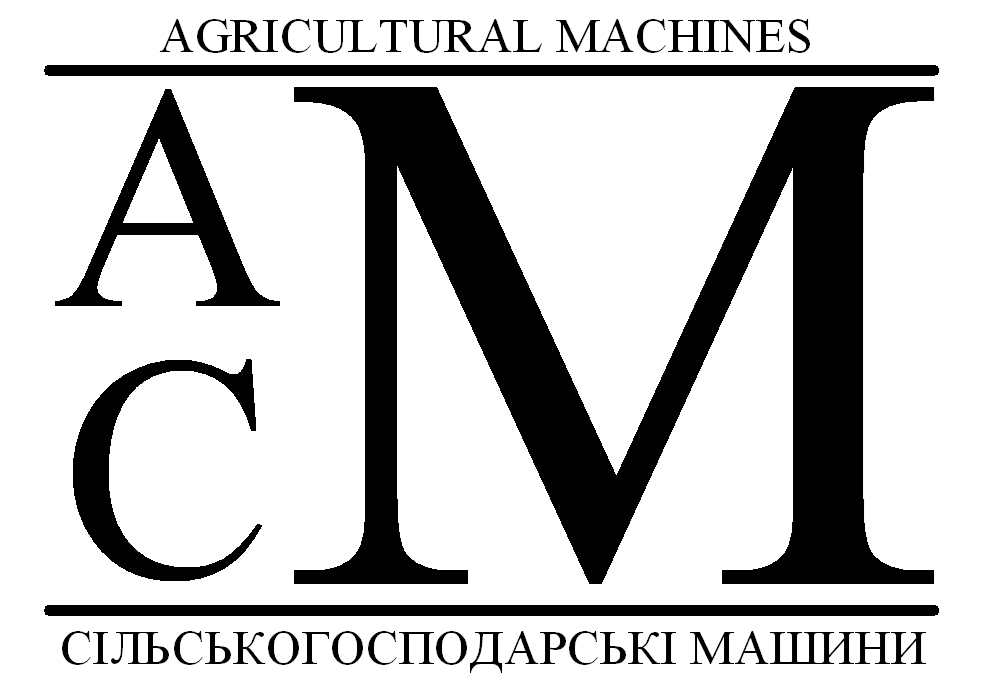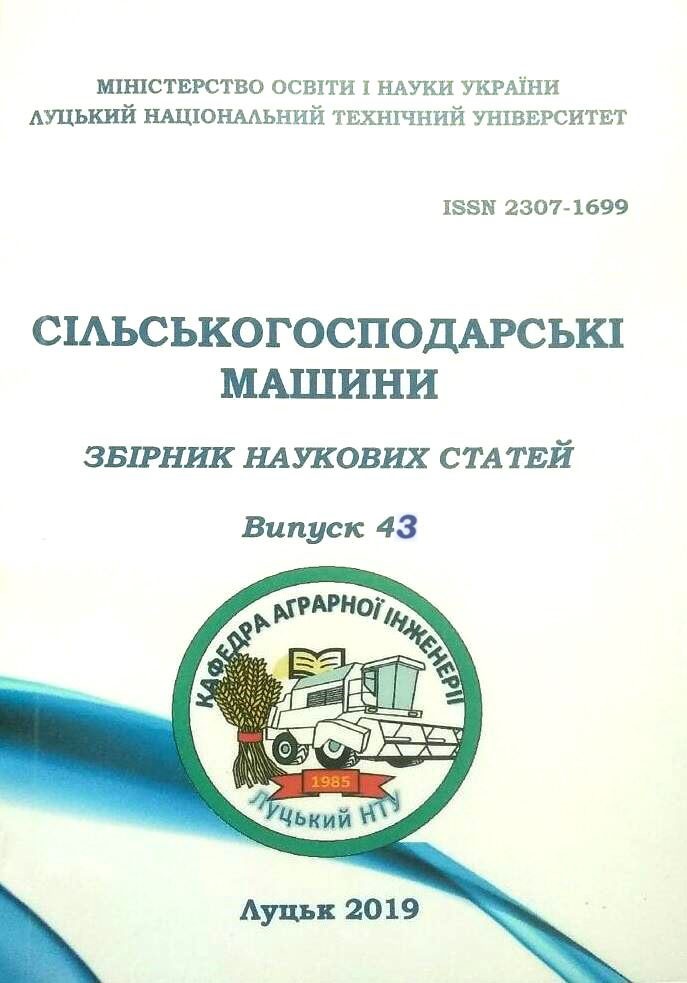Method of manufacturing of non-flammable plywood
Abstract
Modern construction of industrial and civil objects, wagons (railroad cars, metro cars) requires the use of wood and other materials on the basis of its improved performance characteristics, which primarily relate to fire resistance and extended service life. One of the most common structural materials on the basis of wood is plywood - slab material with increased physical, mechanical and operational parameters used in construction, machinery and transport construction shipbuilding, wagon construction, furniture production and other wares. Despite considerable advantages over other structural gluing materials, plywood has, like all wood-based materials, one significant drawback - it is a combustible flammable material and combustion products contain toxic substances. Therefore, the creation of technology for the manufacture of fire-resistant plywood is relevant in the field of safety of life and fire safety. Until recently, fire-proof plywood in Ukraine was not manufactured. Instead, heavy-duty plywood is manufactured in many countries around the world with the technology of impregnating the peeled veneer and its subsequent gluing in plywood slabs. The technology is complicated, expensive and involves the use of harmful substances (phenolic resins, sodium fluoride, ammonia compounds). As evidenced by the results of studies, all samples of plywood can be characterized as heavy. In addition, with an increase in the thickness of plywood, heavy-duty properties are improved. Additional treatment of samples with silicone hydrophobic "Silol" to some extent reduces the effectiveness of fire protection, but the samples belong to a group of heavy materials. The essence of the method for determining the index of flame propagation is to evaluate the ability of the material to engage in, allocate heat and distribute the flame to the surface under the influence of external heat flux. For example, which is set at an angle of 30° to the vertical, there is a heat flux density of 12 to 32 kW / m2 from the vertical placed radiation panel. Depending on the index of distribution of flame materials are classified as those, what:
- do not spread the flame on the surface - the index of flame propagation is 0;
- slowly spread the flame on the surface - the index of flame propagation from 0 to 20 inclusive;
- quickly spread the flame on the surface - the index of flame propagation is greater than 20.











